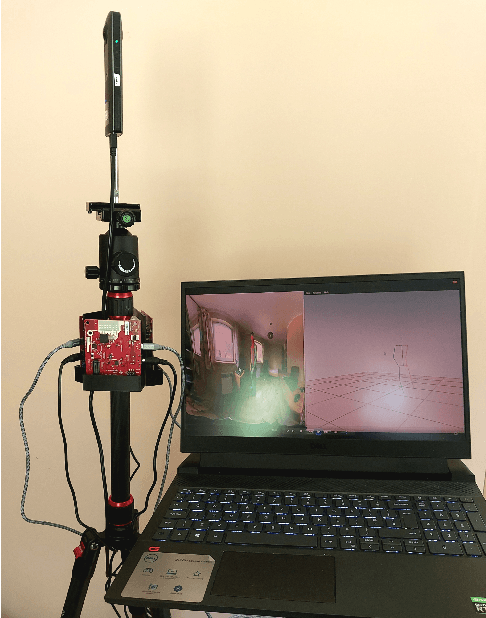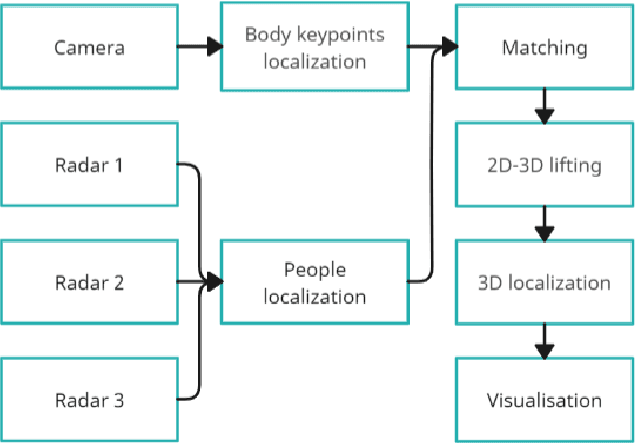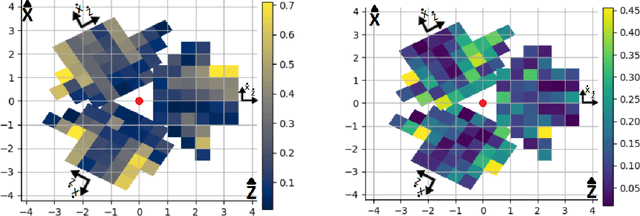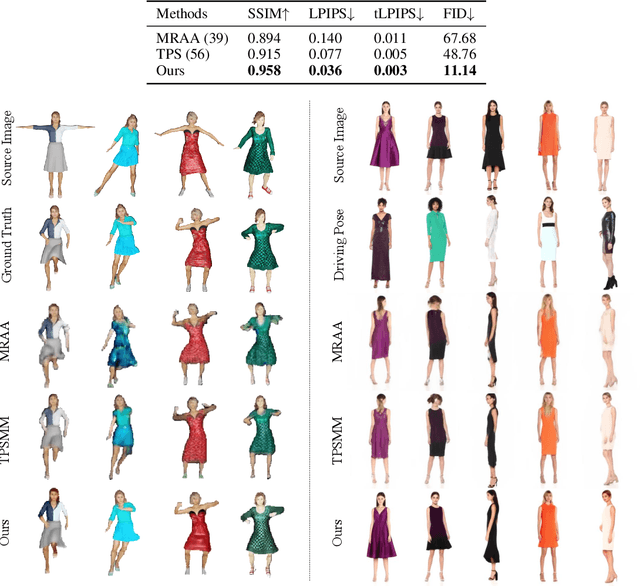Hwasup Lim
Improving Real-Time Omnidirectional 3D Multi-Person Human Pose Estimation with People Matching and Unsupervised 2D-3D Lifting
Mar 14, 2024



Abstract:Current human pose estimation systems focus on retrieving an accurate 3D global estimate of a single person. Therefore, this paper presents one of the first 3D multi-person human pose estimation systems that is able to work in real-time and is also able to handle basic forms of occlusion. First, we adjust an off-the-shelf 2D detector and an unsupervised 2D-3D lifting model for use with a 360$^\circ$ panoramic camera and mmWave radar sensors. We then introduce several contributions, including camera and radar calibrations, and the improved matching of people within the image and radar space. The system addresses both the depth and scale ambiguity problems by employing a lightweight 2D-3D pose lifting algorithm that is able to work in real-time while exhibiting accurate performance in both indoor and outdoor environments which offers both an affordable and scalable solution. Notably, our system's time complexity remains nearly constant irrespective of the number of detected individuals, achieving a frame rate of approximately 7-8 fps on a laptop with a commercial-grade GPU.
Bidirectional Temporal Diffusion Model for Temporally Consistent Human Animation
Jul 19, 2023



Abstract:We introduce a method to generate temporally coherent human animation from a single image, a video, or a random noise. This problem has been formulated as modeling of an auto-regressive generation, i.e., to regress past frames to decode future frames. However, such unidirectional generation is highly prone to motion drifting over time, generating unrealistic human animation with significant artifacts such as appearance distortion. We claim that bidirectional temporal modeling enforces temporal coherence on a generative network by largely suppressing the motion ambiguity of human appearance. To prove our claim, we design a novel human animation framework using a denoising diffusion model: a neural network learns to generate the image of a person by denoising temporal Gaussian noises whose intermediate results are cross-conditioned bidirectionally between consecutive frames. In the experiments, our method demonstrates strong performance compared to existing unidirectional approaches with realistic temporal coherence
 Add to Chrome
Add to Chrome Add to Firefox
Add to Firefox Add to Edge
Add to Edge